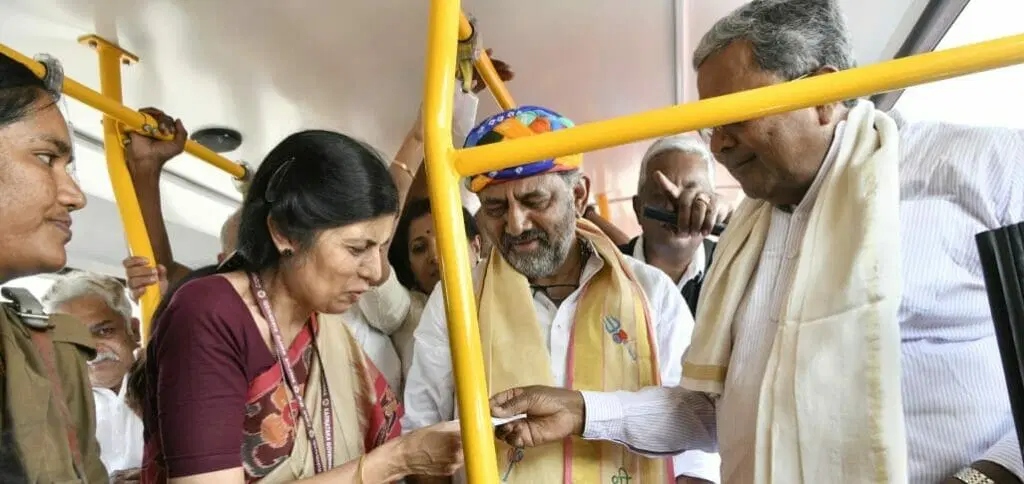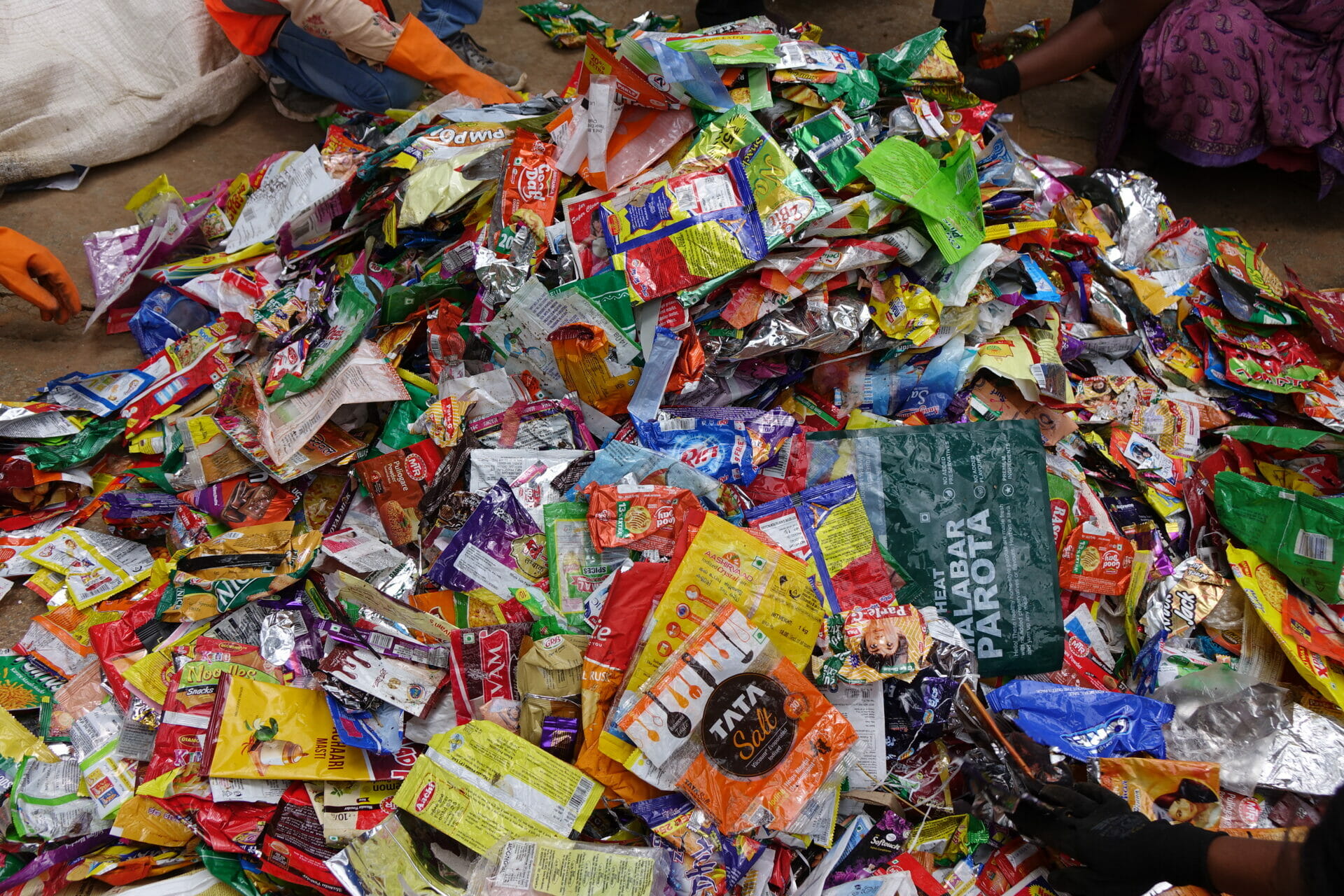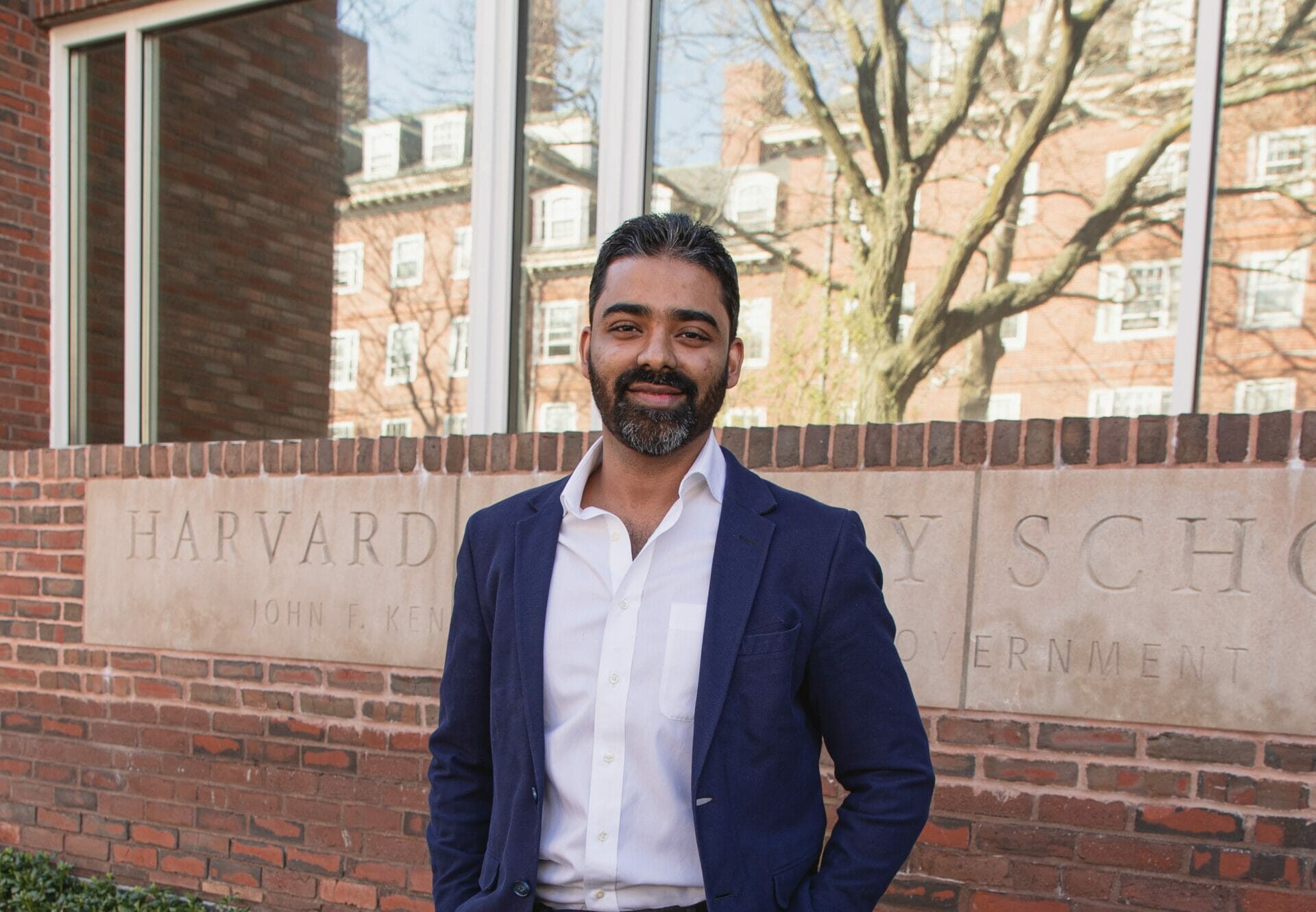What’s better for the average middle class income tax payee, the old regime of exemptions or the New regime, that this government has created? The latter is now the default, meaning that is the form that you will see on your screen when you get online to file your income tax returns.
Finance Minister Nirmala Seetharaman, and some economic analysts, insist the new rebates and tax slabs will reduce the tax burden on salary earners. But an important part of the Sangh parivar, the Swadeshi Jagaran Manch, a staunch opponent of globalisation, says otherwise. In a statement on February 3rd, Manch convener Ashwani Mahajan argued that the new tax regime would actually adversely impact savings, “an important source of government borrowing”.
The Manch has been particularly critical about the new tax regime delinking savings that included insurance premium payments and contributory savings schemes like the Provident Fund, while calculating taxable income. Earlier these, payments, up to a limit, were tax deductible. Now this will not be allowed for those who move to the new regime.
Read more: Editorial: Inflation statistics don’t lie, they are merely economical with the truth
A serious consequence of this delinking would be on savings that are the backbone of social security for the great Indian Middle Class, particularly for those at the lower end of the income spectrum. This argument does have some merit, given that a tax-free Rs 7 lakhs a year would leave salary earners with more cash in hand. Cash which they are more likely to spend and not save.
As it is, India’s once impressive household savings rate of around 38% of GDP has been eroded considerably by inflation and the falling value of the rupee. A December 2022 report by the Motilal Oswal Financial Services found that household savings had fallen to an 18-year low of 28%.
Which makes the government’s move to remove existing incentives for long term savings rather inexplicable.
The real numbers
Take just one example. A calculation of the tax outgo comparing the two tax plans by The Indian Express taking income levels of Rs 8 lakhs, 10 lakhs and 15 lakhs, respectively, is indeed very revealing.
An individual earning a maximum of Rs 8 lakh per annum, will pay Rs 28,600 as tax, after availing all the standard applicable deductions, most of which were long term savings.
If the individual opts for the new tax plan, his tax outgo will be Rs 31,200. There is no incentive to save for the future.
Meaning that under the old regime he will pay Rs 2600 less as tax by investing to secure his future. In the new tax regime, he pays more tax but will perhaps have some extra cash in hand but no incentive to save.
Even as the debate over which regime will benefit taxpayers more rages, what is lost sight of is the fact that the compulsory savings by people to reduce their net taxable income, were an important element of their long term savings for the future when they would have no pension or other income, but likely have huge medical bills and dwindling returns on savings, due to reduced interest rates and price rise.
Thus, the exemptions and deductions provided under the old regime under different sections of the Income Tax Act nudged people to save for their old age. And this amount was available for government investment.
In this new regime, the nudge is to spend, and invest and save only if you want, and where you want. The government has apparently distanced itself from the task of ensuring people save for their future. Addressing a news conference after presenting the Budget 2023, Finance Minister Nirmala Sitharaman said, “This regime is simple. You are paying less, and with the saved money, you can invest anywhere, your child’s education, whatever you wish. I think the tax payer knows how to spend his money”.
A different and complex reality
One indication of people’s inability to manage their own future financial security is the clamour for a return to the old pension scheme (OPS) wherein pension is paid out from the tax payer’s money, and not based on individual contribution to a pension scheme. Non-BJP ruled states like Rajasthan have already announced that they would revert to the old scheme. This is also likely to become a major election campaign issue.
While one is not a votary of government telling people what to do and what not to do, future budgets could well see the end of tax benefits that accrued to previous generations by spending on long term saving instruments.
As also their financial discipline.
Public memory may or may not be short. But by and large young people live in today and now, with instant gratification as their motto, and “kal kisne dekha hai” (who can predict the future anyway) as their philosophy, without a care for what life will hold for them about 30 odd years later. A life that will be longer thanks to growing life expectancy, a life that will be way costlier as health care gets costly and as luxuries become necessities.

The tax-savings link
Alankrit Gupta, now in his late 40s, recalls how he decided to buy a Rs 2 lakh life insurance policy with money back guarantees at the end of every 5th year, “just to save tax, save money, take care of my retirement because I am not a government servant who will get a pension”. And he availed even more of the “exemptions” benefit when he took a housing loan first and bought a mediclaim policy for himself and his wife. Today, he is grateful for that nudge towards saving, thanks to the income tax regime that has become old in New India.
While the urban and rural poor fully deserve all the social and monetary welfare schemes the government has announced, the aspiring middle class has become nobody’s baby. The reality is these exemptions became the social welfare scheme for middle class. The benefits of PPF, tax saving FDs, and other tax free investments came as a huge support when people needed them the most. And the fact that some of these did not let you withdraw the money gave the benefit of compounding interests. Above all, a financial discipline was injected into the lives of these people.
Read more: Opinion: Budget 2022 paves the way for corporatisation of urban development
The government estimates that about one crore income tax filers are in the Rs 5-7 lakh category. Which may explain why tax payers did not move to the new tax regime in numbers the government expected, over the last two years. Which explains the temptation of more cash in hand in the new tax regime.
But the middle class perhaps understands economics better than the government experts. As indicated in an RBI study of March 2021 that points to the possibility of people largely staying with the old regime. Despite moderation in accretion, subscription rate to insurance funds by households “remained high, reflecting pandemic led increased awareness of life insurance among households,” says the study. “Subscription rates to provident fund and pension also remained elevated. Enrolment as well as assets under management (AUM) of the National Pension System and Atal Pension Yojana increased on a year on year basis end September 2020”.
In all this, one simple fact has gone unnoticed: Those in the highest bracket of over Rs 5 crore who were paying 42.74% tax, will now pay 39%, according to the same RBI study.









